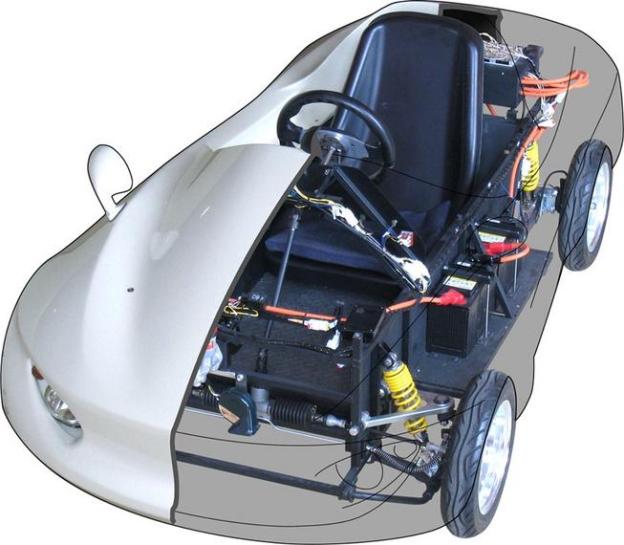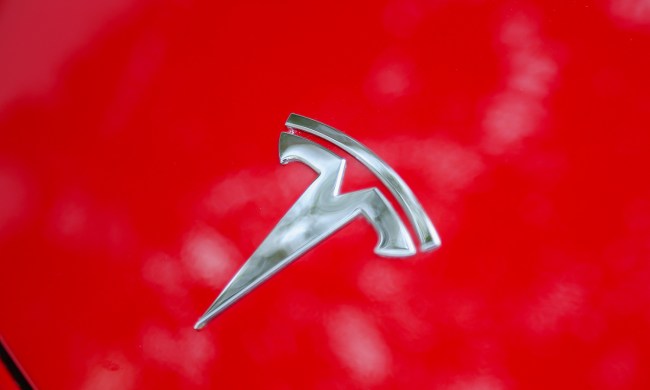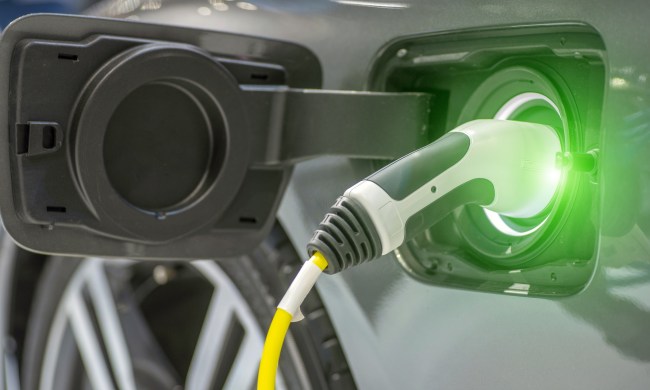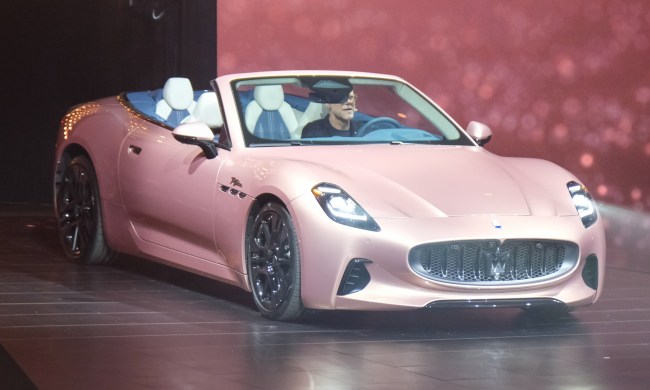 A Japanese vehicle prototyping company is building a car for people who think the Prius is too wasteful. Yes, the Toyota offers 51 mpg city, but it still has a gasoline engine, and five doors. Does it really need that many? The materials needed to make a Prius have to be shipped across oceans, and that can’t be good for the environment. Modi Corporation’s Pius EV isn’t so wasteful; it even does away with an “r.”
A Japanese vehicle prototyping company is building a car for people who think the Prius is too wasteful. Yes, the Toyota offers 51 mpg city, but it still has a gasoline engine, and five doors. Does it really need that many? The materials needed to make a Prius have to be shipped across oceans, and that can’t be good for the environment. Modi Corporation’s Pius EV isn’t so wasteful; it even does away with an “r.”
A Prius can seat five people, but a Pius can only carry one. The car is so small that, in Japan, it’s registered as a Class 1 motorized bicycle, not a motor vehicle. The 441 pound Pius’ 36V battery takes it to a top speed of 22 mph, with a 15.5-mile range.
Don’t expect a massive sound system or touch screen navigation in this little runabout. Buyers do have the choice of six colors: white, red, blue, navy blue, yellow, and silver.
Getting a Pius also requires more work than a normal car. Whereas most new cars come fully assembled from the factory, the Pius is a kit car. Since there isn’t much car in the kit, it shouldn’t be too hard to put together.
Luckily for Modi’s shareholders, the Pius is not the company’s vision of super-minimal, eco-friendly transportation for the masses. Instead, the Pius’ designers view it as a learning aid.
Modi hopes the Pius will teach young people how electric cars work, and plans to market the car to universities, tech schools, and mechanic training facilities. The company will also embed different components in customers’ Piuses for testing.
There is something about Japanese companies and large-scale automotive teaching tools. A few months ago, Toyota showed a concept car called the Camatte. This toy Toyota was meant for children, and could be easily disassembled so parents could show their kids how cars work.
Both the Pius and Camatte seem like answers to a question no one asked. Between Power Wheels, racing games, and go-karts, kids have plenty of opportunities to learn how to drive before they turn 16. As far as learning the inner workings of a car, it’s hard to beat looking at a real one.
Parents should teach their kids how cars work, but why not use the family car as a model? Even the most impoverished shop classes can find a junker, or a teacher’s car, to work on. There are even venues, like Electrathon, where students can compete in small electric cars they build themselves.
If tech students can build their own EV learning aids, the Pius may be without a purpose. Still, driving one should be more comfortable than riding a bike.


